This Inexpensive Option Is Far from the Best, But It Looks Pretty Good — and It Works
The performance of any lens is diminished dramatically by stray light striking the front element at an oblique angle. The off-axis rays may be reflected internally and bounced off multiple elements, which increases flare and lowers contrast and resolution.
Screw-in filters offer the advantage of low cost and easy availability, but the fumbling and risk of cross-threading when the chips are down (so to speak) can be disconcerting. Consider the difficulty of screwing in a filter in the face of a charging rhino or a panicked director pleading for one more take before a rapidly setting sun!
A professional matte box is essential equipment in order to maintain critical sharpness and resolution. Shooting 2K or 4K without an effective matte box will instantly reduce the resolution of your images to standard definition or worse!
The square or rectangular filters used with professional matte boxes allow more efficient handling with increased creative options, like the accurate positioning of graduated and effects filters and optimal rotation of the polarizer for darkening the sky or to control window reflections.
The Flashpoint matte box is offered as a complete system with side wings to effectively block off-axis light.
The Flashpoint production matte box, part of the Adorama Flashpoint house brand, is a reasonably well-constructed low-cost unit with fashionable blue-finish wing screws — a seemingly de rigeur accoutrement these days where camera gear designed for the masses must look cool and not just help the shooter create art and earn a good living.
The Flashpoint sliding base plate and rod system is efficient and reasonably well built.
The Flashpoint kit comes with three donuts,aka light seal rings, one of which is likely to fit the front element of your lens. This seal is important. Any light entering from the top or rear of the box can be reflected off the back of the filter and defeat the point of the matte box in the first place. The Flashpoint rod system is functional and inexpensive, albeit a bit crude by professional standards.
While the overall build quality is better than average for Chinese knock-off products, the 4×4 filter holders are notably flimsy and poorly fitting. The Flashpoint system also supports the popular 4×5.65 inch (Panavision) filter size to accommodate a wide range of lenses. Note that the relatively narrow 100mm back dimension precludes the use of full-size zoom lenses with large front elements.
The 4×4 filter tray lacks the precision and fit of pricier matte box systems.
An effective matte box shields the lens from off-axis light striking the front element. Here, a splash of light is able to strike the lens via an unoccupied filter tray. Black paper tape placed over the top of the filter tray cures the problem.
The Flashpoint Production Matte Box II is a complete system, with a rotating back stage, French flag, side wings, two filter trays, and three flexible donut adapters. The entire array sells for the ridiculously low price of $179.95, which is quite a steal. Of course, the Flashpoint matte box will never be confused with the finely machined, much pricier German units on the market — but that doesn‘t mean this economy box can’t be effective and get the job done.
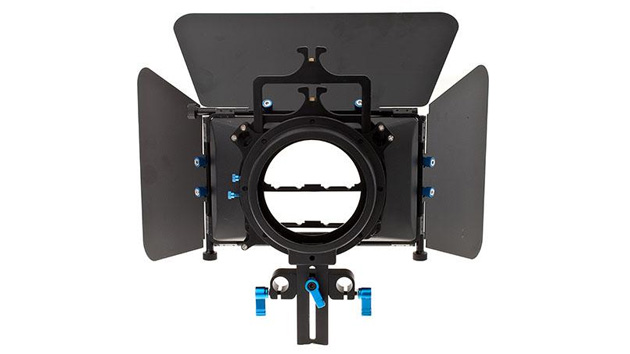
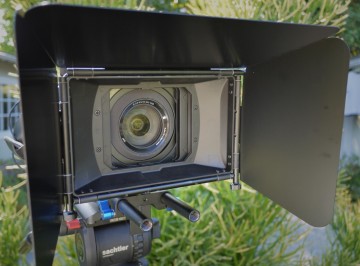
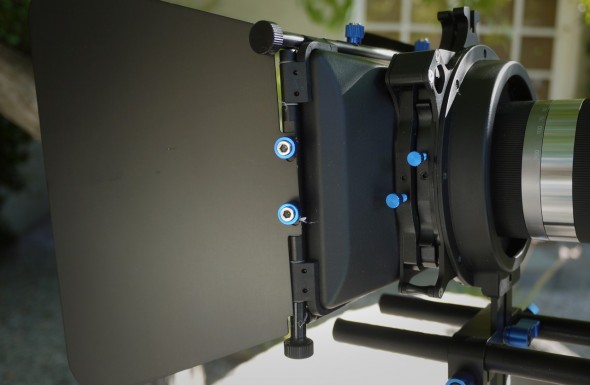
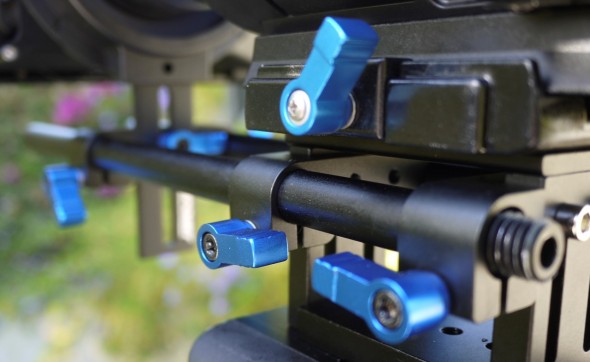
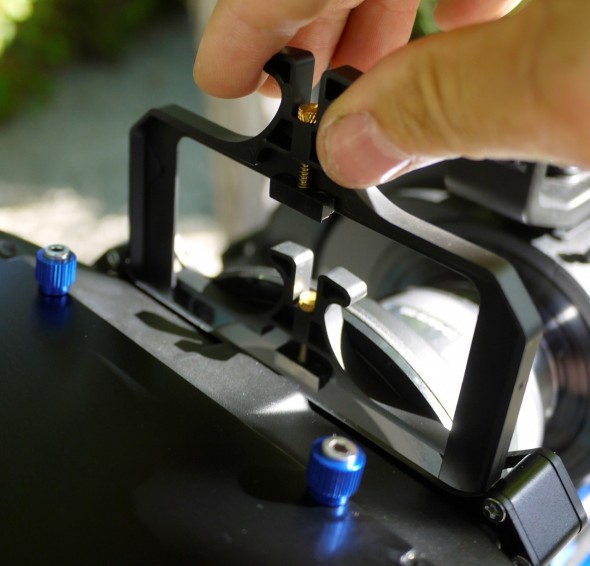
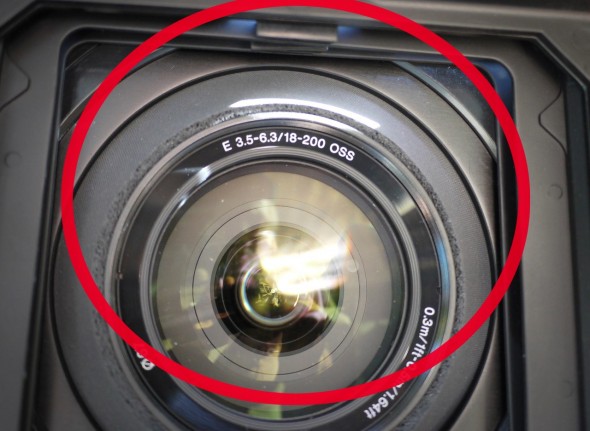










How will “Shooting 2K or 4K without an effective matte box will instantly reduce the resolution of your images to standard definition or worse!” Please explain this strange statement and exactly what it means.
Yeah, that’s just ridiculous. Having a matte box is great for maintaing a proper exposure outside and other things, but there is zero way my footage’s resolution is affected.
Perhaps the author of this article Barry Braverman would like to either explain or correct his statement, “Shooting 2K or 4K without an effective matte box will instantly reduce the resolution of your images to standard definition or worse!” How will this improve or reduce your resolution exactly?
Wow. You guys are tough. The resolution of an image is not determined
only by the number of pixels in a sensor! There are many factors that
can lead to a loss of contrast and reduced resolution in an image:
shooting at extreme small f-stops, employing very high compression à la
most DSLRs, utilizing a lens with inferior coatings, to name a few. Like
using cheap optics with poor coatings shooting without a matte box or
effective sunshade will similarly increase internal flare due to light
rays striking the front element of the lens at an oblique angle. Point a
small light into your lens sometime while viewing a reference chart and
see what happens to resolution. Ridiculous? I don’t think so.